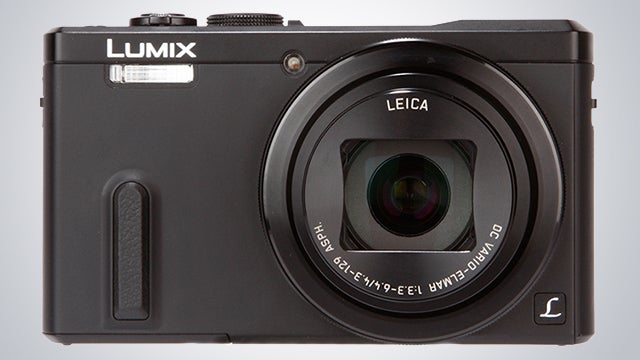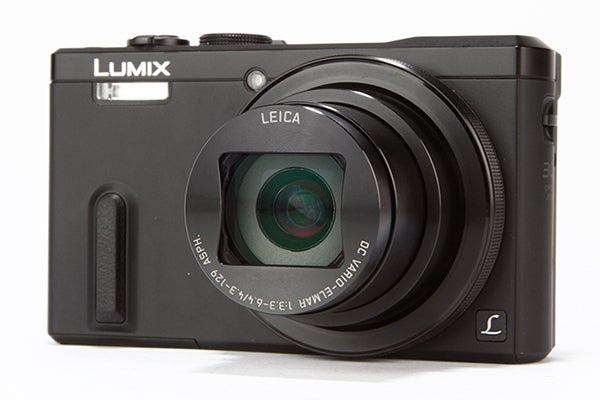Panasonic Lumix TZ60 Review - Image Quality and Verdict Review
Image Quality and Verdict
A 30x optical zoom, built-in viewfinder and neat design make this the perfect travel compact

Sections
- Page 1 Panasonic Lumix TZ60 Review
- Page 2 Design and Performance Review
- Page 3 Image Quality and Verdict Review
Panasonic Lumix TZ60: Image quality
Previewed at A4 size, images at the minimum sensitivity (ISO 100) look clean, though a hint of luminance noise will be noticeable if you look very closely. The same is true at ISO 400, but when zoomed into 100% many of the high-contrast lines in the JPEG images start to smudge due to in-camera noise reduction.
There’s luminance noise in A4 JPEGs taken at ISO 800-1600, but it does not detract from the images. However, they are noticeably softer than those taken at ISO 100 because so much detail is lost from heavy noise reduction.

ISO 400 and below achieved the best results so, for day-to-day shooting, it is better to set the ISO to Auto and limit it to ISO 400. Between ISO 1600 and the maximum extended ISO 6400 slight colour noise starts to appear and luminance noise is very evident, while detail along high-contrast edges becomes jagged and smudgy.
At low ISO sensitivities the dynamic range is very impressive. At ISO 100 the TZ60 was able to capture an impressive 12.3 stops of light, though this drops to 7.4 stops at ISO 1600.

In high-contrast scenes, plenty of detail is retained in shadows, as well as in highlights, which can be brought back in post processing. As the metering prioritises mid-tones it sometimes loses highlight detail, particularly in skies.
The dynamic range can be maximised by shooting -0.6 E.V and bringing the shadows up in post production.

The AWB (Automatic White Balance) is accurate particularly in fluorescent or incandescent lighting, though it can be a touch too warm in tungsten lighting.
Daylight, Cloudy, Shade and Incandescent Lighting can all be adjusted to by tapping the display button in the white balance menu. Generally, the TZ60’s colour rendition gives pleasant and true-to-scene colours.

Should I buy the Panasonic Lumix TZ60?
With its high-quality construction the TZ60 feels like a far more serious camera than the TZ40. The menus are easily navigable and once set up the custom function buttons offset the loss of the touchscreen. The EVF is low resolution but still good enough – something is better than nothing here, though a touchscreen would be nice.
At high ISO sensitivities images have little detail and JPEGs are heavily processed. However, for small-scale prints or for web use the ISO can be pushed to 1600 without a problem and anything below 400 returns good images.
The GPS is very handy and Wi-Fi functionality is class-leading, while the 24-720mm lens is suitable for everything from landscapes to wildlife and raw image shooting will broaden the appeal of the TZ60. Its direct competitor is the £350 Sony Cyber-Shot DSC-HX60, which is similar in size and specification – measuring 108.1mm x 64.3 x 34.4mm and carrying a x30 zoom with a minimum aperture of f/3.5, rather than f/3.3.
They’re well matched cameras, but the Lumix TZ60 just about edges it as the best travel compact on the market. If that’s what you’re after, the TZ60 ticks all the boxes.
Verdict
If you want a travel camera with a long zoom that fits in your pocket, the Panasonic Lumix TZ60 remains the one of the best options out there.
Next, read more camera reviews or browse our pick of the 10 best cameras you can buy
Trusted Score
Score in detail
-
Value 8
-
Design 9
-
Features 9
-
Image Quality 7
-
Performance 8

